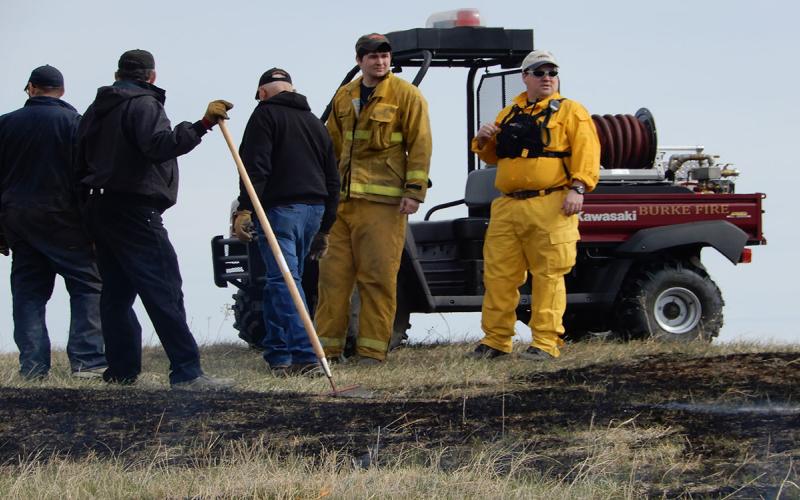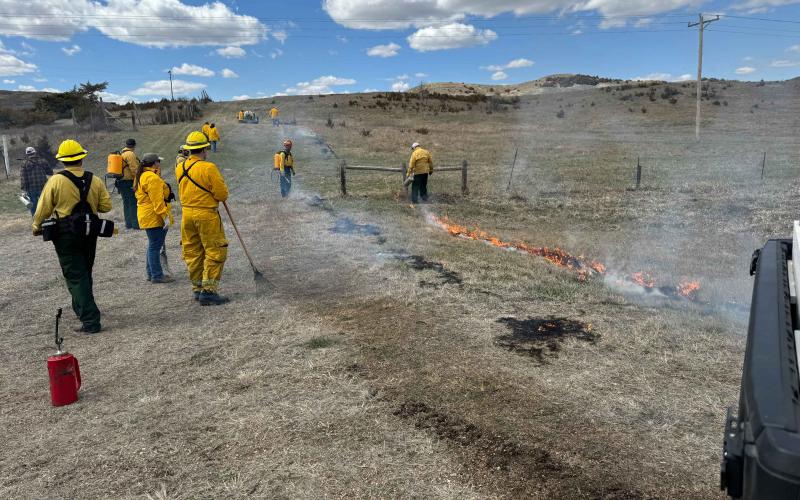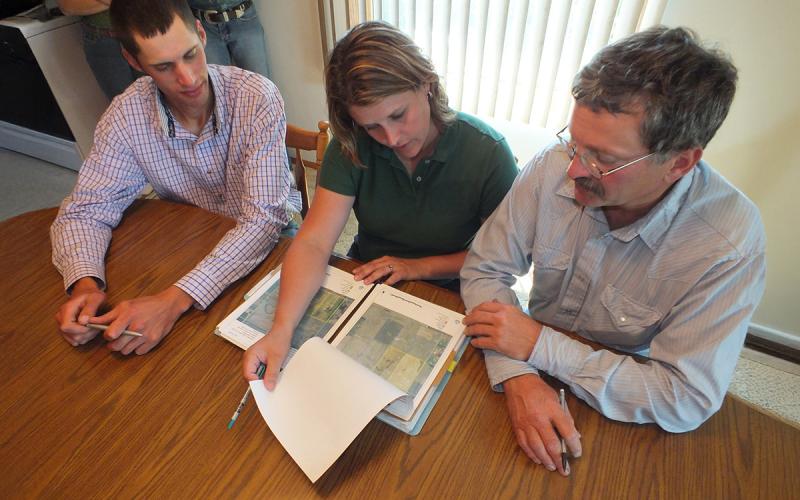Introduction
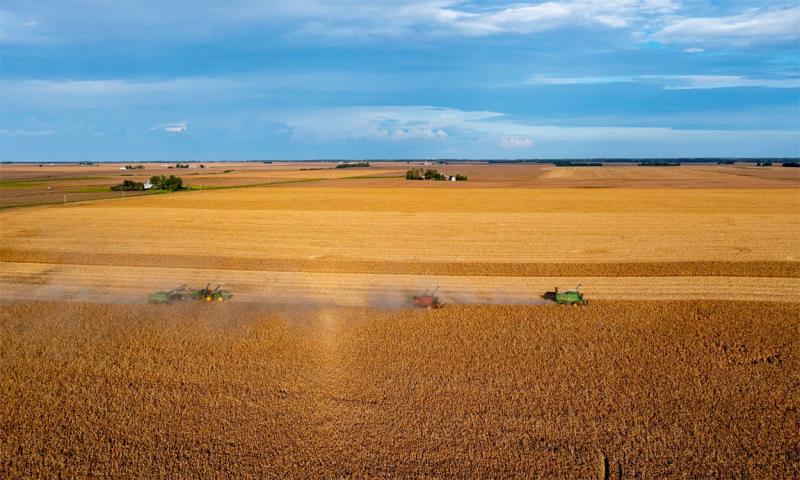
Agricultural carbon markets for producers emerged as a topic of discussion at the end of 2020 and the beginning of 2021. Many large agricultural companies launched agricultural carbon credit programs designed to pay farmers for practices that sequester carbon dioxide or equivalent gases, such as reduced or no-till, nitrogen management, and cover crops. Other companies with existing agricultural carbon credit programs were also brought to the forefront of attention. However, this is not the first time the idea of paying farmers for the positive externalities that certain practices on their farms generate has been proposed. The Chicago Climate Exchange was a stock exchange for emission sources and offset projects that included a protocol for agriculture (Chicago Climate Exchange, 2008). The exchange traded from 2003 to 2010 but ceased trading at the end of 2010 due to inactivity. When the exchange ceased trading, the effective final price for a carbon credit was between 5 and 10 cents. Agricultural carbon credits have re-emerged as a topic of discussion, and this time in a different policy and demand environment compared to the early 2000s.
Supply and Demand
Farmers ' participation in agricultural carbon markets has remained low. One study by Trust in Food, as cited in a USDA document, suggests that 93% of livestock and crop farmers/managers are aware of carbon markets, but only 3% of those surveyed were currently participating (USDA, 2023). While participation has been low, the market shows movement from the demand side. A June announcement by Microsoft and Indigo Ag said that Microsoft has agreed to buy 40,000 agricultural soil-based carbon credits, the most Indigo Ag has ever sold in a single transaction (Indigo, 2024). Many questions still exist about the feasibility and measurement of agricultural carbon credits.
A recently released willingness to accept payment study of Midwestern farmers found that, at the current prices of $10 and $20 per credit, only 3% and 4% of farmers were willing to change their practices (Wang et al., 2024). At higher rates ($40 to $70) per credit, more became willing to change their practices, but half were still unwilling to enroll. Besides Midwestern producers, there are other potential opportunities for forest or grassland owners to sequester carbon in their trees and soils. These opportunities provide additional revenue streams that farmers and landowners can consider for their businesses, with little or no downside risk to the producer for participating. However, details about the costs and benefits of changing practices and participating in programs remain unclear to producers.
Voluntary Carbon Market Policy
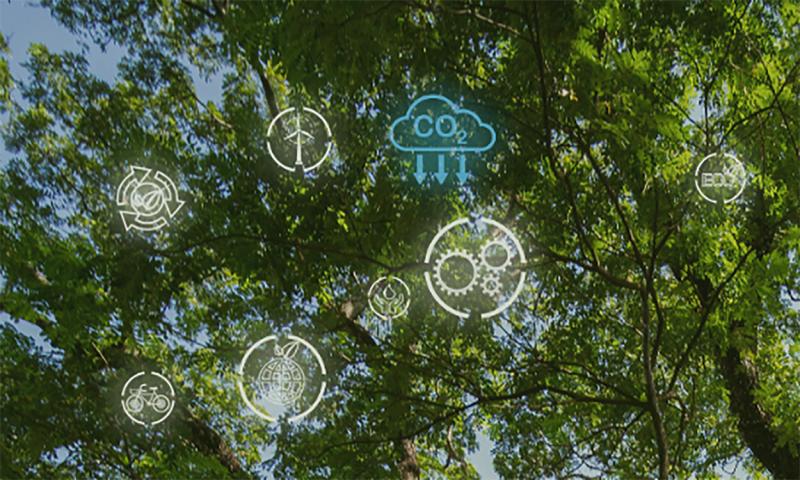
Another key piece in the development of agricultural carbon markets is policy. The Partnerships for Climate-Smart Commodities program was announced in February 2022 and provided $3.1 billion in funding for 141 projects to expand markets for climate-smart commodities, quantify greenhouse gas benefits of climate-smart agricultural practices, and benefit agricultural producers (USDA, n.d.). This investment is designed to help quantify and verify climate-smart agricultural practices, which will benefit the agricultural carbon market. The government recently released a new factsheet with high-integrity voluntary carbon market principles (The White House, 2024). The document details seven principles for responsible participation in voluntary carbon markets. The principles serve as a suggestion for U.S. market participants to follow and a guideline for how the U.S. government engages with voluntary carbon markets.
Principles 1 and 3 will be of particular importance to agriculture. Principle 1 states that carbon credits must meet certain integrity standards and represent real decarbonization. Agricultural carbon credits were initially referred to by many as the “Wild, Wild West” due to the programs' laissez-faire policies. However, this factsheet clarifies that certain standards must be followed for a working carbon credit program. Principle 3 states that corporate buyers of credits need to prioritize measurable emissions reductions within their value chains. This principle implies that companies that use agricultural products and want to make reductions must purchase agricultural carbon credits to reduce along their agricultural value chain. While some concerns have risen about the longevity and potential for agricultural carbon credits compared to other credit generation opportunities, this ensures that there will be at least some demand in the future for agricultural carbon credits by companies who use agricultural products and want to reduce emissions.
In Summary
In conclusion, the agricultural carbon market has evolved drastically since its inception in 2003 and its re-emergence in 2020 and 2021. While announcements suggest movement on the demand side, the supply side remains low as producers hesitate to enroll. A major barrier to enrollment is the price of carbon credits, which research suggests is not high enough to interest producers. The government has invested in climate-smart agriculture and provided policy guidelines for voluntary carbon market programs. Moving forward, expect more innovation and policy development in the area of agricultural carbon markets.
References
- Chicago Climate Exchange. (2008). Soil Carbon Management Offsets.
- Indigo Ag. (2024). Indigo Ag’s Carbon Program to deliver record carbon credits to Microsoft.
- U.S. Department of Agriculture. (2023). Report to Congress: A General Assessment of the Role of Agriculture and Forestry in U.S. Carbon Markets.
- USDA. n.d. Partnerships for Climate-Smart Commodities.
- Tong Wang; Hailong Jin; David Clay; Heidi L. Sieverding; Stephen Cheye. (2024). Carbon Supply Elasticity and Determinants Of Farmer Carbon Farming Decisions. Applied Economic Perspectives and Policy 1–24.
- The White House. (2024). Voluntary Carbon Markets Joint Policy Statement and Principles.
